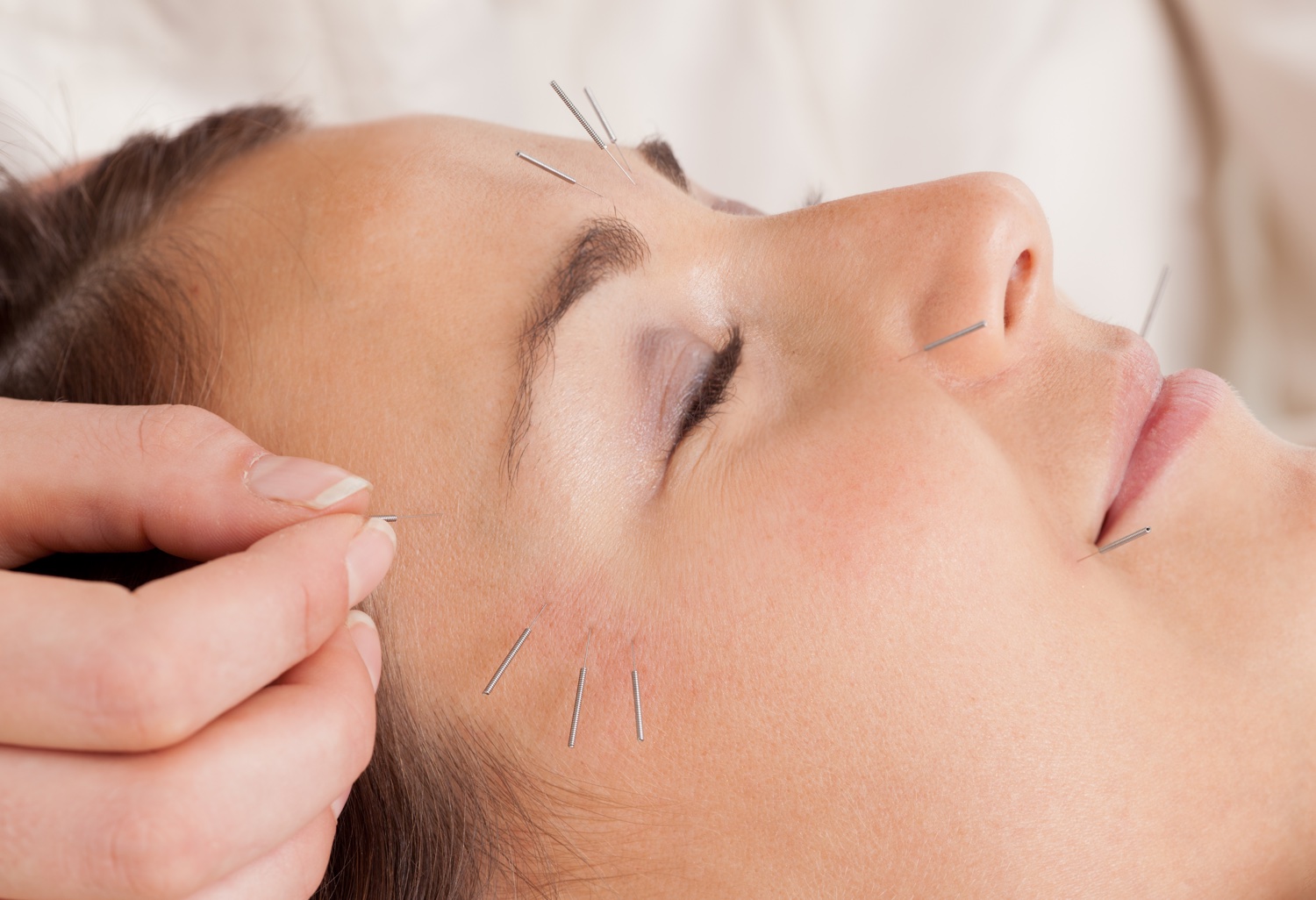Introduction to Acupuncture
Acupuncture is the ancient Chinese system of medicine. This system is about 5,000 years old. It is based on the belief that health is determined by the balance flow of qi, the vital life energy present in all living organisms. Qi circulates in the body along the 12 major pathways or meridians, each linked to specific internal organs and organ systems. the early Chinese practitioners created a map of energy meridians of the entire body. Where energy or qi blocks are evident, fine needles are placed careful in selected points. This helps to stimulate the blocked qi ares and allow the free flow of qi.
Chinese Medicine
The Chinese method is holistic, based on the idea that no single part can be understood except in the relation to the whole. A symptom is not traced back to a cause, but looked at as part of a totality. A person who is well, will have no distressing symptoms, their express mental, physical, and spiritual balance. When that person is ill, the symptom is only one part of a complete bodily imbalance that can be seen in other aspects of his or her life and behavior. Understanding the overall pattern, with the symptoms as part of it, is the challenge of Chinese medicine.
How is Acupuncture Done?
A basis acupuncture treatment consists of placing fine thread like needle through-out the body along points on a meridian. This is done with disposable sterile needles. the acupuncturist inserts very fine, sterile needles along the meridians to stimulate the flow of energy. The needles are manipulated. The sensation of receiving an acupuncture treatment can rarely be described as very painful.
Acupuncture and Modern Science
Meridians do not correspond to any blood, nerve, or lymphatic pathway. Simulation of acupuncture points causes stimulation of the brain and spinal cord, which in turn releases neurochemicals to the centers that control pain. These released chemicals make changes in the perception of pain and directly affect the body's self-regulation systems. Acupuncture is safe and very effective for eliminating pain. it stimulates the body's natural healing process, reduces pain, reduces inflammation, relaxes muscles and increases circulation to speed recovery.
An acupuncturist views the surface of the patient's body in much the same way one would view the keyboard on a computer. Each key has its individual effect internally on the hard drive of the computer. Depending on the order and combination of keys tapped, a different outcome is created. Imbedded in the surface skin, fascia, and muscles of the body exists a neural network so extensive that if you could strip away all other tissues, muscles, organs and bones. You would still be able to recognize the features of the individual. This neural network covers the entire body.
Needles insertions at specific acupuncture points stimulates nerve endings sending messages back to the central nervous system, directly affecting the brain and spinal cord. Sophisticated tests like functional MRI's and PET scans utilized during acupuncture have given us more evidence of these effects. Specific regions of the brain can be accessed, and an alternation in the blood flow and transmission of neurochemicals can be accomplished by using various combinations of acupuncture points on the surface. Since the nervous system overseas hormonal output, immunity, organ function, muscle tone, thought processes, blood supply, emotional states, and many other bodily functions, it stands to reason that acupuncture has profound effects throughout the body via this route.

Learn more about the benefits of Acupuncture or Chiropractic, no matter your needs:
- Trigger Point Dry Needling
- Cosmetic Acupuncture
- Fertility Acupuncture
- Fertility Chiropractic
- Chronic Disease Management